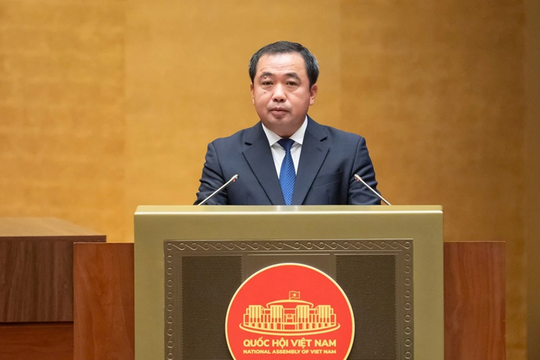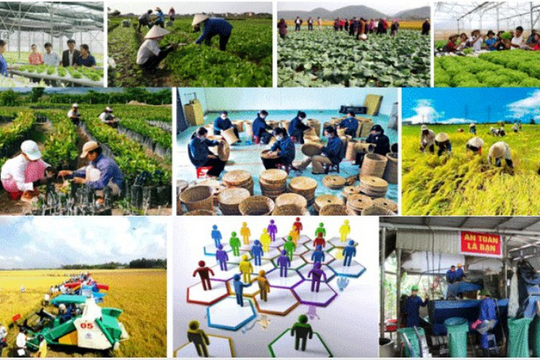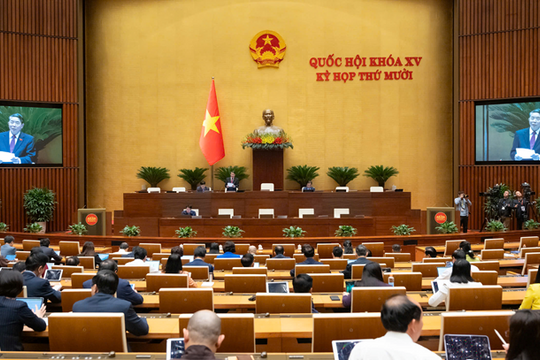Music education has long been scientifically proven to be a vital element in helping children develop comprehensively in both intellect and emotions. However, in Vietnam, this subject has not been given proper attention within the general education system, leading to missed opportunities for students' cognitive and aesthetic growth. This article will analyze the current state of music education in Vietnamese public schools, compare it with that of developed countries, and propose solutions to improve music education in the future.
Music Education in Developed Countries
In many developed nations, music is not only a core subject but also a means of aesthetic education and social skill development.
In the UK, music is a compulsory subject from primary to secondary school. The curriculum is divided into four stages, from training listening skills, singing, and playing instruments to music theory and performance. In the final stages, students showcase their creativity and performance skills through musical projects.
.jpg)
.jpg)
In France, music education has been an essential part of the system since the 1960s. The country introduced a “music baccalaureate” alongside sciences and literature. Music education extends beyond schools, with universities encouraging students to engage in artistic activities to cultivate aesthetic taste.
In the United States, music in education began flourishing in the 18th century and saw significant growth in the 20th century with the famous teaching method by Carl Orff and Gunild Keetman. This method emphasizes creativity and stimulates children's improvisation and musical perception. U.S. music education associations regularly offer teacher training sessions to ensure that music is not just taught correctly but becomes a crucial part of children's overall development.
In Asian countries such as Japan, South Korea, and Singapore, music also plays an essential role in the education system. Notably, Japan values music on par with core subjects like mathematics and science, providing students with opportunities to develop their talents through clubs and diverse extracurricular music activities.
.jpg)
.jpg)
Bernstein further emphasized that music education should be imparted as naturally as daily meals, bringing the same joy as playing a baseball game. This reflects his belief that music should be an integral part of education, helping children develop comprehensively in both intellect and emotions.
The State of Music Education in Vietnam
Contrary to developed countries, music education in Vietnam faces many challenges. Despite significant reforms in the general education curriculum since 2018, the implementation in schools still encounters difficulties.
In 2002, for the first time in Vietnamese music education history, the Ministry of Education and Training introduced music textbooks for primary to lower secondary levels. However, it was not until 2018 that music was fully integrated into the general education curriculum from elementary to high school. Key changes include introducing subjects like musical instruments and choral singing and focusing on developing aesthetic perception, creativity, and the application of music.
Despite these improvements, the rollout still faces significant challenges, particularly due to the shortage of qualified music teachers. According to statistics from the Ministry of Education and Training in 2020, there is a shortage of over 2,199 music teachers at the primary level and more than 2,834 at the high school level. The lack of music teachers is one of the main reasons the subject has not yet achieved its desired impact.


Regional Disparities in Music Education
There is currently a significant gap in the organization of music teaching between public, private, and international schools.
In public schools, especially in rural areas, the teaching conditions are highly limited. Most schools lack the appropriate facilities, and music teachers are often not properly trained. In some cases, teachers from other disciplines are assigned to teach music. Key components like music theory, sight-singing, and music appreciation are often neglected or entirely omitted.
In contrast, in private schools or international schools in major cities such as Ho Chi Minh City and Hanoi, music is given greater importance. Students are not only taught to sing but also guided in learning instruments, performing, and creating music in a professional manner. For example, the Vinschool system, with modern facilities and international-standard function rooms, provides students with optimal opportunities to develop their musical talents. Extracurricular activities related to music, such as piano and guitar clubs, attract many students and help them prepare for international music certification exams.
.jpg)
.jpg)
Challenges in Music Education
Despite efforts to reform the curriculum, music education in Vietnam still faces numerous challenges. In addition to the shortage of teachers and inadequate facilities, the organization of music education is inconsistent across educational levels.
One of the biggest challenges is the lack of proper guidance in students' musical preferences. Many students tend to favor songs with melancholy or negative content rather than age-appropriate, positive songs. This not only reduces the effectiveness of education but also negatively impacts students' aesthetic and emotional development.


Conclusion
Music plays a crucial role in aesthetic education and comprehensive human development. In developed countries, music is valued and integrated across all levels of education. In Vietnam, despite curriculum reforms, there remain many challenges, including a shortage of teachers and inadequate facilities.
To improve the situation, a clear and consistent music education policy is needed. The government and educational authorities must closely collaborate with schools and teachers to ensure that music becomes an integral part of students' holistic development. In the future, if properly invested, music education can become a significant factor in helping Vietnamese students develop intellectually and emotionally, contributing to the overall development of society.


.jpg)
.jpg)
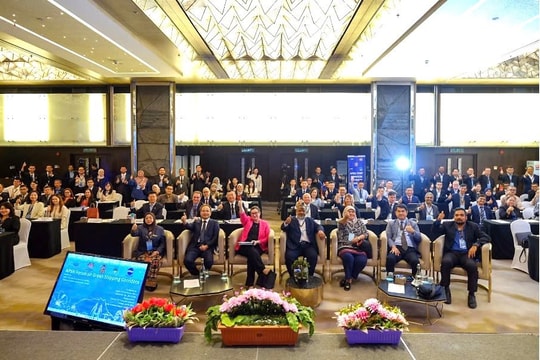
.jpg)
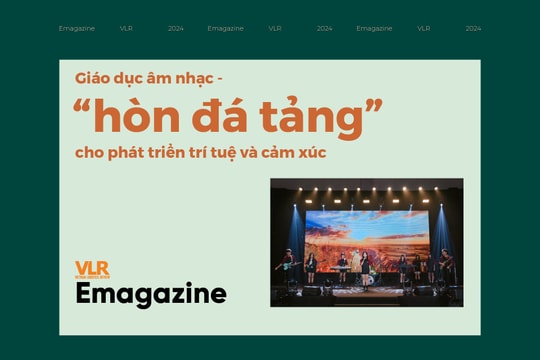
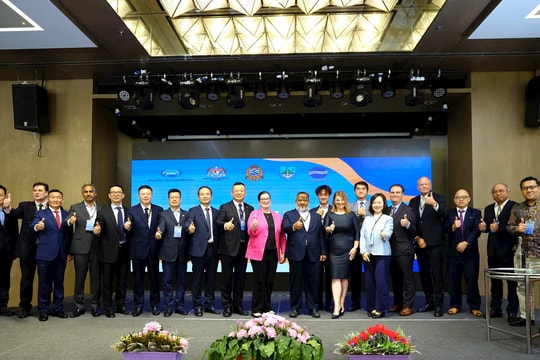


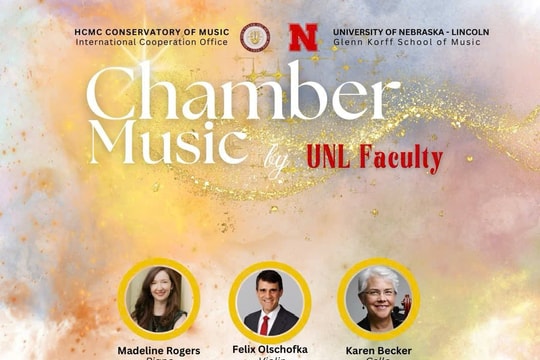

.jpg)

.png)











